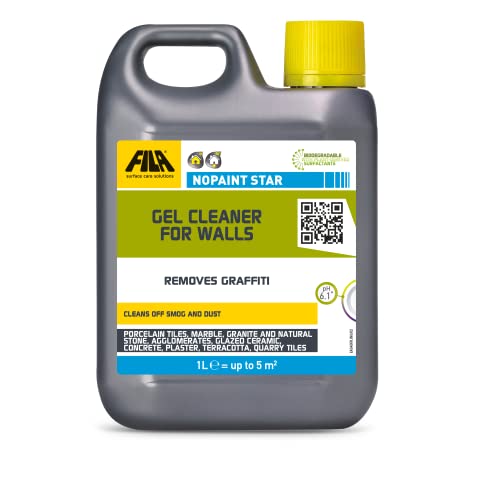
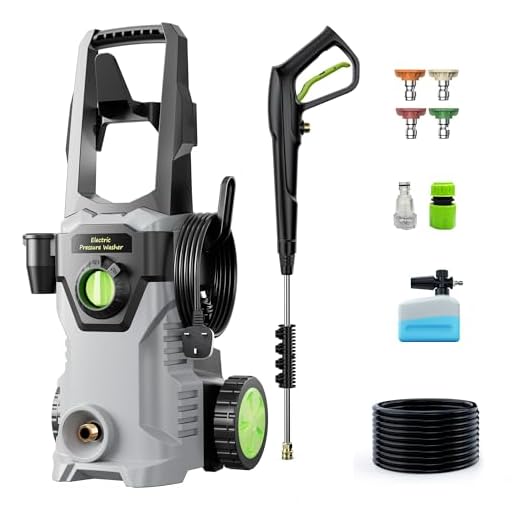
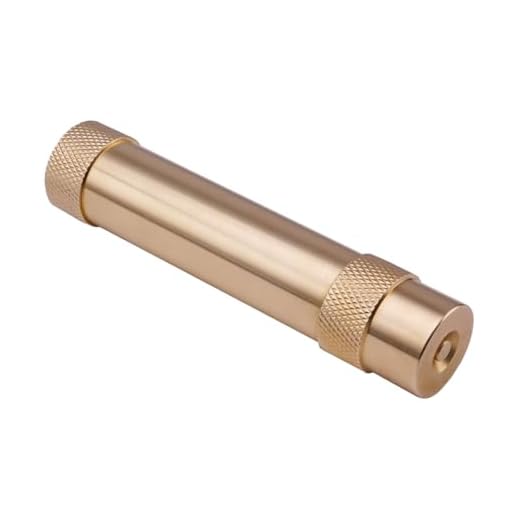
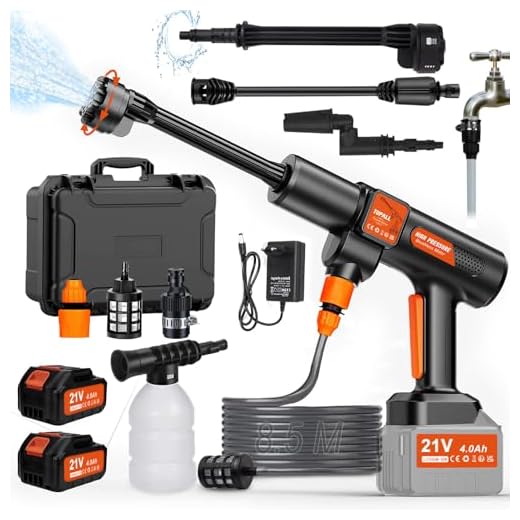
For efficient vehicle cleaning, I recommend selecting a unit with a minimum pressure rating of 120 bar (1740 psi) and a flow rate of at least 400 litres per hour. This combination provides adequate power to remove dirt and grime without risking damage to your vehicle’s paintwork.
Opt for models featuring adjustable nozzles that allow you to switch between fan sprays and concentrated jets. This flexibility ensures that you can tackle various surfaces effectively–from delicate body panels to rugged wheels–without compromising on cleanliness.
Portable electric units are generally sufficient for most car owners, given their ease of use and lower maintenance compared to gas-powered alternatives. Additionally, consider one with an integrated detergent tank for a more thorough wash, as it can enhance the cleaning process significantly.
Always check for the availability of compatible accessories, such as brush attachments and foam lances, which can significantly improve your washing efficiency and achieve a thorough clean.
Optimal Equipment Selection for Vehicle Cleaning
.jpg)
Focusing on your equipment, I recommend selecting a model that generates between 1200 to 1900 PSI with an adjustable nozzle. This range ensures enough force to eliminate dirt without damaging sensitive surfaces. Additionally, a flow rate between 1.4 to 1.6 GPM will provide adequate water use without excessive waste.
Key Features to Look For
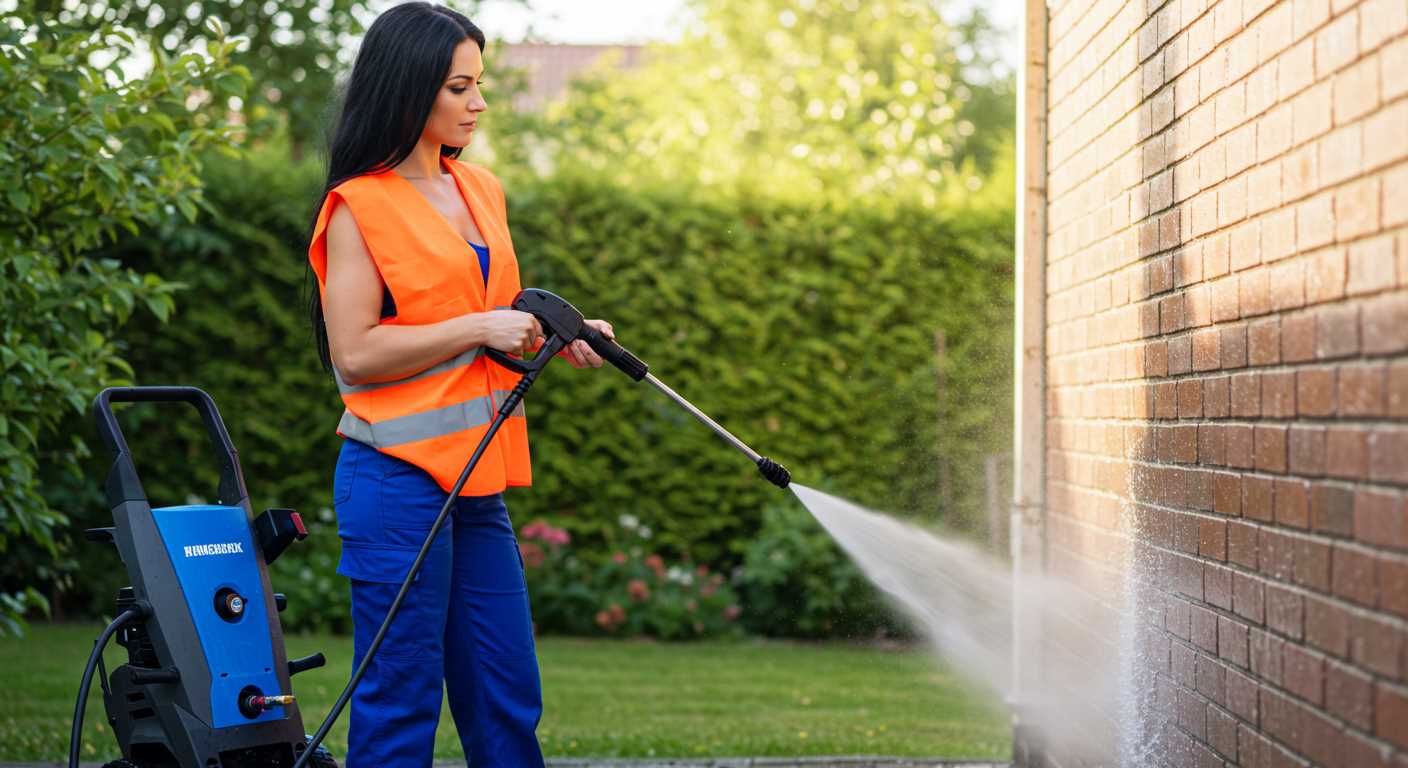
Opt for electric variants due to their quieter operation and ease of use. They often feature built-in detergent tanks that simplify the application of cleaning solutions. A portable design can enhance maneuverability, allowing you to clean all areas of your vehicle without hassle.
Additional Accessories

Using a foam cannon attachment can significantly improve the washing experience. This accessory mixes soap with water effectively, ensuring a complete clean. Also, consider investing in soft bristle brushes for detailed areas, like wheels and grilles, to avoid scratches.
In conclusion, the right combination of specifications, portability, and additional tools will enhance your vehicle cleaning routine, making it quicker and more effective.
Understanding PSI and GPM for Car Cleaning
For optimal vehicle maintenance, aim for a unit delivering between 1200 and 1900 PSI (pounds per square inch) and 1.4 to 2.0 GPM (gallons per minute). This combination efficiently removes dirt and grime without harming delicate surfaces.
PSI measures the force of the water stream, crucial for loosening stubborn debris. Higher numbers may be necessary for heavily soiled areas, but be mindful of potential damage to paint and finishes. A rating around 1500 PSI is typically adequate for standard washing tasks.
GPM indicates the volume of water flow. Higher flow rates assist in rinsing away soap and contaminants more effectively. A GPM of 1.5 to 2.0 is advisable for thorough cleaning, ensuring that all residues are flushed away quickly.
Always consider nozzle options that complement PSI and GPM. A 25-degree nozzle is usually effective for general cleaning, while an adjustable model allows for versatility in various situations. Selecting the appropriate attachments can enhance performance and protect your vehicle’s exterior.
Focusing on these specifications will enable you to select the right equipment and achieve desirable results while ensuring the longevity of your vehicle’s appearance.
Choosing the Right Nozzle for Different Surfaces
Select a nozzle based on the surface you intend to clean. For automotive exteriors, I favour a 25-degree nozzle. This option offers a balanced spray pattern that effectively removes grime without risking damage to the paintwork.
For sensitive areas such as glass or chrome, switch to a 40-degree nozzle. The wider spray reduces pressure, ensuring a gentle clean while still getting rid of dirt.
For wheels and tyres, a 0-degree nozzle is optimal. This concentrated stream targets stubborn debris, providing the necessary force to blast away built-up dirt and brake dust.
When tackling undercarriages or wheel wells, the rotary or turbo nozzle comes highly recommended. It combines pressure with a rotating action, effectively dislodging dirt in hard-to-reach places.
Always ensure to maintain a safe distance from the surface, especially while using higher-pressure nozzles, to avoid chipping or stripping paint. Experimenting with nozzles on less visible areas first can help gauge their effectiveness without risking significant damage.
Lastly, while nozzle choice is vital, don’t forget to adjust your distance and movements. A consistent back-and-forth motion prevents streaking and guarantees even cleaning across all surfaces.
Electric vs Petrol Cleaning Machines: Pros and Cons
Electric models are my go-to choice for most vehicle cleaning tasks due to their convenience and ease of use. They generally provide adequate power for regular cleaning while being quieter and more eco-friendly. With weights often under 30 kg, these units are portable and easier to handle.
Advantages of Electric Units
- Lighter and easier to manoeuvre.
- Quieter operation; suitable for residential areas.
- Lower running costs and minimal maintenance required.
- Instant start-up without needing to warm up.
Disadvantages of Electric Units
- Limited mobility due to dependence on nearby power sources.
- Less power compared to petrol engines, which may affect intensive cleaning tasks.
Petrol variants, while heavier and noisier, possess the muscle to handle tougher cleaning projects. They offer greater freedom from power cords, making them suitable for larger spaces or remote locations.
Advantages of Petrol Variants
- Higher power output, suitable for deep cleaning and tough grime.
- Greater mobility; takes them anywhere without needing an outlet.
- Durable for prolonged use in demanding conditions.
Disadvantages of Petrol Variants
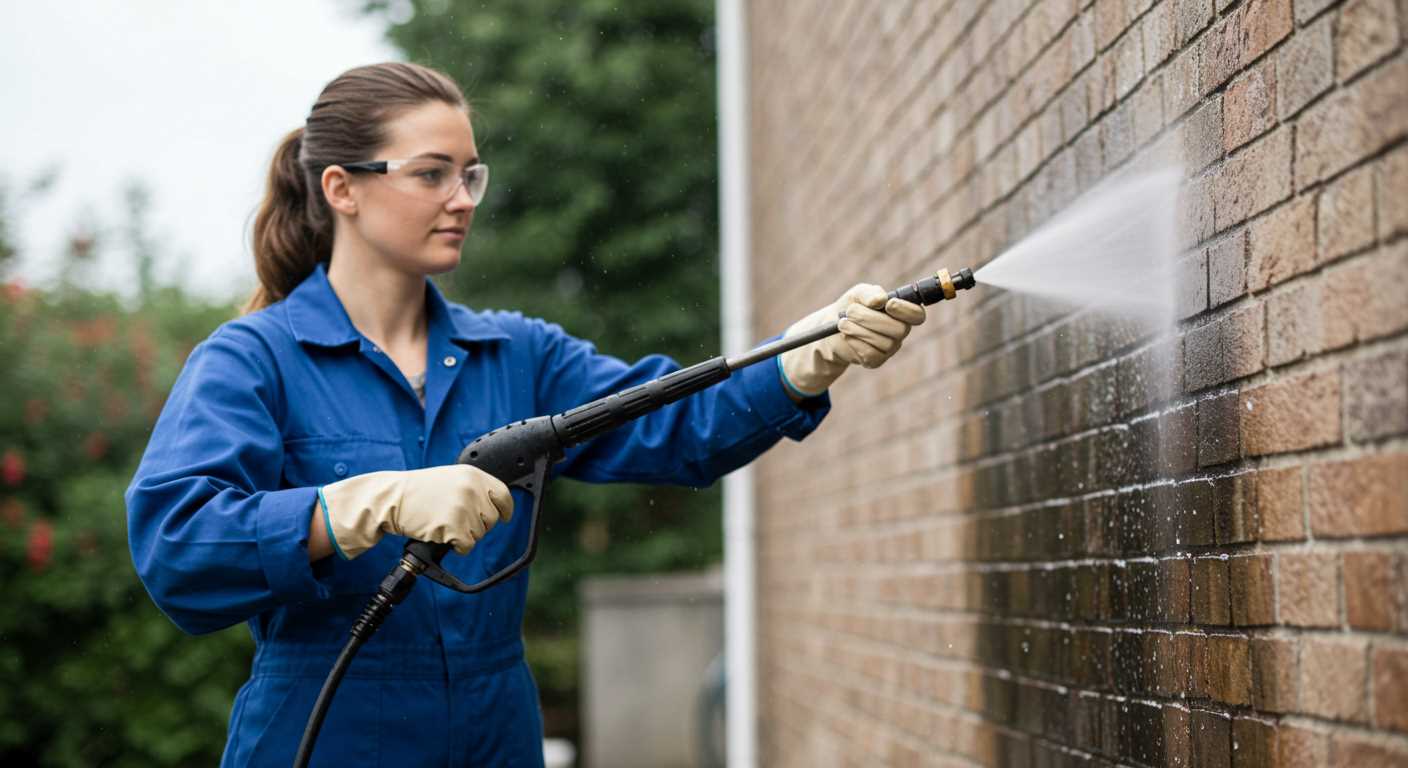
- Heavier and bulkier, making them harder to transport and store.
- Higher operating costs due to fuel and maintenance requirements.
- More noise and exhaust emissions could be problematic in residential areas.
Choosing between electric and petrol modes boils down to your specific needs. For light to moderate use, especially in residential settings, an electric model suffices. However, if tackling larger areas and stubborn dirt, a petrol option may serve better. Assess your cleaning requirements to make the right decision.
Top Features to Look for in a Car Pressure Washer
Opt for an adjustable pressure setting to tailor the intensity based on the surface being cleaned. High-pressure jets are effective on stubborn grime, while lower settings are suitable for delicate areas such as painted surfaces.
A strong flow rate, measured in gallons per minute (GPM), enhances cleaning efficiency. A range between 1.2 to 2.5 GPM is adequate for most vehicles, ensuring a thorough rinse without excessive water usage.
Mobility is key; select a model with wheels for effortless movement around your driveway. A longer hose and power cord can also increase your reach, allowing you to clean without constantly moving the unit.
Inspect for compatible attachments. A variety of nozzles, brushes, and foam cannons can greatly improve versatility and effectiveness. Ensure that the kit includes options for narrow and broad spraying, enhancing your ability to clean various surfaces.
Consider whether you prefer an electric or petrol model, each offering distinct advantages. Electric variants are generally quieter and more user-friendly, while petrol options deliver higher power for challenging cleaning tasks.
Durability is crucial; look for robust materials in construction. Metal components often indicate a longer lifespan compared to plastic, which can degrade over time. Check for warranties that provide additional assurance against defects.
A quick-connect system streamlines the process of attaching and detaching accessories. This feature saves time and minimises frustration during routine cleaning actions.
Finally, ensure a suitable storage option for accessories and the unit itself. Compact design can facilitate stowing away when not in use, keeping your workspace organized.
Recommended Units for Various Budgets
For budget-conscious enthusiasts, I suggest the Sun Joe SPX3000. With 2030 PSI and 1.76 GPM, it provides excellent cleaning power at an affordable price point. Its lightweight design and electric operation make it easy to handle and store.
Stepping up from the entry-level, consider the Greenworks GPW1501. This model offers 1500 PSI and 1.2 GPM. Ideal for weekend use, it’s compact and includes multiple nozzles for versatility, while maintaining a reasonable cost.
Mid-Range Options

In the mid-range category, the Karcher K5 Premium stands out. Delivering 2000 PSI and 1.4 GPM, this unit features a water-cooled motor, ensuring longevity and enhanced performance. It is equipped with an adjustable spray wand, making it suitable for different cleaning tasks.
Another excellent choice is the Ryobi RY142300. With 2300 PSI and 1.2 GPM, it’s powerful enough for tough grime. The onboard detergent tank and the easy-access hose reel add to its usability and convenience.
High-End Models
For those willing to invest more, the Craftsman C4000 delivers an impressive 2700 PSI and 2.5 GPM. This gas-operated monster excels at tackling the most stubborn stains, making it ideal for serious detailers and automotive enthusiasts.
The Honda GX200-powered unit from Generac is another premium option. With 3100 PSI and 2.9 GPM, it not only provides exceptional cleaning capabilities, but its rugged construct ensures durability for years of use.
Each of these selections meets stringent performance standards and offers features tailored to different preferences and requirements while keeping cleaning tasks time-efficient.
Tips for Safely Using a Pressure Washer on Your Vehicle
Always start by selecting the right pressure level. Aim for 1200 to 1900 PSI to avoid damaging the paint. A gentle touch is key; too much force can strip the coating or harm vinyl wraps.
Maintain a safe distance. Keep the nozzle at least 2 feet away from the surface. This prevents concentrated force that can lead to scratches or dents.
Select a wide-angle nozzle, typically 25 or 40 degrees. This spreads the spray, providing a safer cleaning experience while covering more area effectively.
Protect sensitive areas. Tape off or cover areas like sensors, cameras, or trim pieces to shield them from high pressure and potential water ingress.
Begin at the top and work downwards. This technique prevents dirty water from running onto already cleaned sections and ensures even results.
Rinse thoroughly. After cleaning, flush away any soap residue to avoid streaking and maintain the vehicle’s finish. A clear water rinse allows for a spotless shine.
Regularly check equipment for proper functionality. Inspect hoses, fittings, and nozzles for wear and tear to ensure they operate safely and efficiently.
| Tip | Description |
|---|---|
| Pressure Level | Aim for 1200 to 1900 PSI |
| Distance | Keep at least 2 feet away |
| Nozzle Choice | Use 25 or 40-degree nozzle |
| Sensitive Areas | Cover or tape off vulnerable parts |
| Cleaning Order | Start from the top, move down |
| Final Rinse | Thoroughly remove soap residue |
| Equipment Check | Inspect hoses and nozzles regularly |





